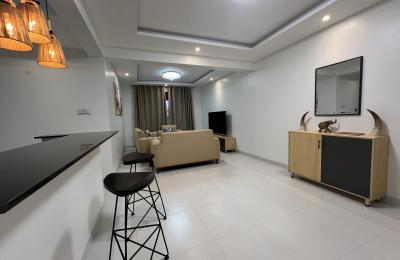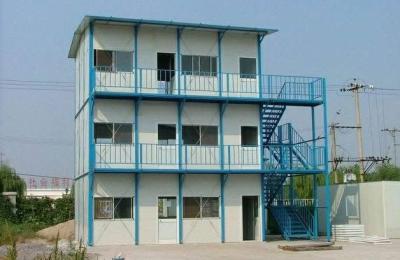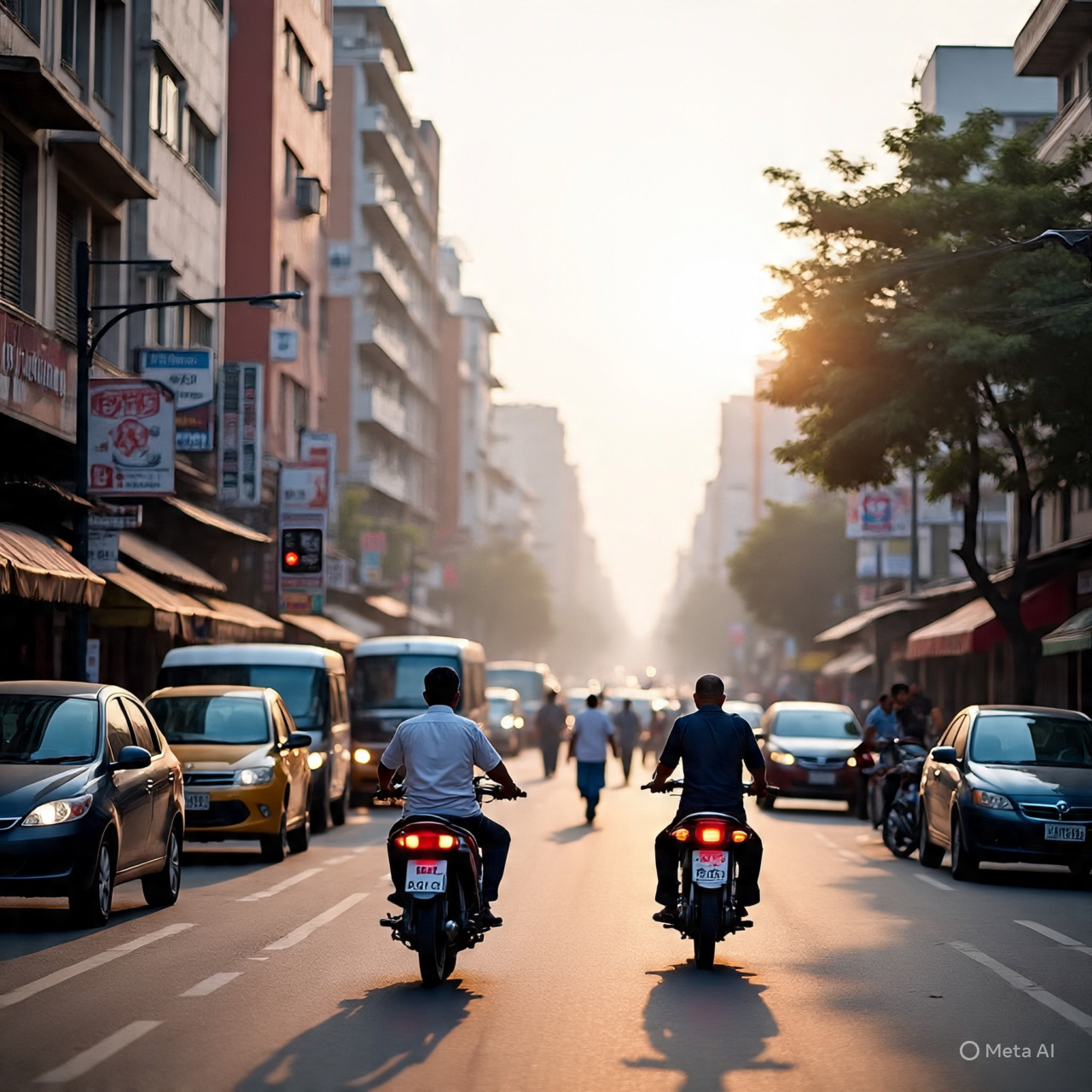COMMUTER TOWNS;
Commuter Towns in Greater Kampala: A Growing Suburban Trend
Introduction
A commuter town is a suburban or semi-rural residential area near a major city, where residents live and access local amenities but travel to the city for work, typically due to more affordable housing and a quieter lifestyle. Commuter towns surrounding Kampala, Uganda’s capital, are gaining popularity as residents seek affordable housing, suburban tranquility, and potential for property value growth. Located within a 20-30 kilometer radius of the city center, these towns offer a balance of accessibility to Kampala’s Central Business District and a quieter lifestyle, despite challenges like traffic congestion.
Key Characteristics of Commuter Towns
Commuter towns such as Gayaza, Seeta, Mukono, Kiwenda, and Mbalwa are defined by their proximity to Kampala, enabling daily commutes for residents employed in the city. These towns provide essential amenities, including schools, grocery stores, medical centers, and recreational areas, though they lack the extensive services of larger cities. Improved road infrastructure and ongoing projects like the Kampala Outer-Beltway and Kampala Flyover Phase 02 are enhancing connectivity to the central business district, making these areas more attractive.
Housing and Land Price Trends
The demand for housing in the Greater Kampala Metropolitan Area is rising, driven by a projected population surge to 8 million by 2030 and a youthful demographic (75% under 30). Approximately 63,800 new housing units are needed annually to meet this growth. Land prices in commuter towns have seen an 8-20% annual increase over the past five years, with Kiwenda and Mbalwa recording the highest appreciation. For example, residential property prices in 2024 range from UGX 60-80 million in Buwambo to UGX 240-280 million in Mbalwa, reflecting varied affordability across towns.
Challenges
Traffic congestion remains a significant drawback, with peak-hour commutes often extending to two hours or more due to the convergence of commuter and upcountry traffic. This gridlock underscores the need for continued investment in transport infrastructure to sustain the appeal of these towns.
Why Commuter Towns Are Thriving
Several factors drive the growth of commuter towns:
• Availability: Land and housing are more cost-effective than in Kampala’s urban core.
• Capital Appreciation: Rising land values offer investment potential.
• Lifestyle: Residents value the calmer, suburban environment.
• Infrastructure: Improved roads and planned developments enhance accessibility.
Conclusion
Commuter towns in the Greater Kampala Metropolitan Area are emerging as viable residential hubs, balancing affordability and accessibility with suburban appeal. While challenges like traffic congestion persist, ongoing infrastructure projects and rising land values position these towns as a cornerstone of Kampala’s urban expansion. For residents and investors, commuter towns offer a promising blend of practicality and potential in a rapidly growing region.
News insight
 25-08-2025
25-08-2025
FULLY FURNISHED HOMES.
Why choose fully furnished homes/apartments;
 25-08-2025
25-08-2025
CONTAINER HOMES.
Can container homes help ease Uganda's housing deficit?
 25-08-2025
25-08-2025
ISLAMIC BANKING
Islamic banking; the elixir to Uganda’s real estate financing problems.

